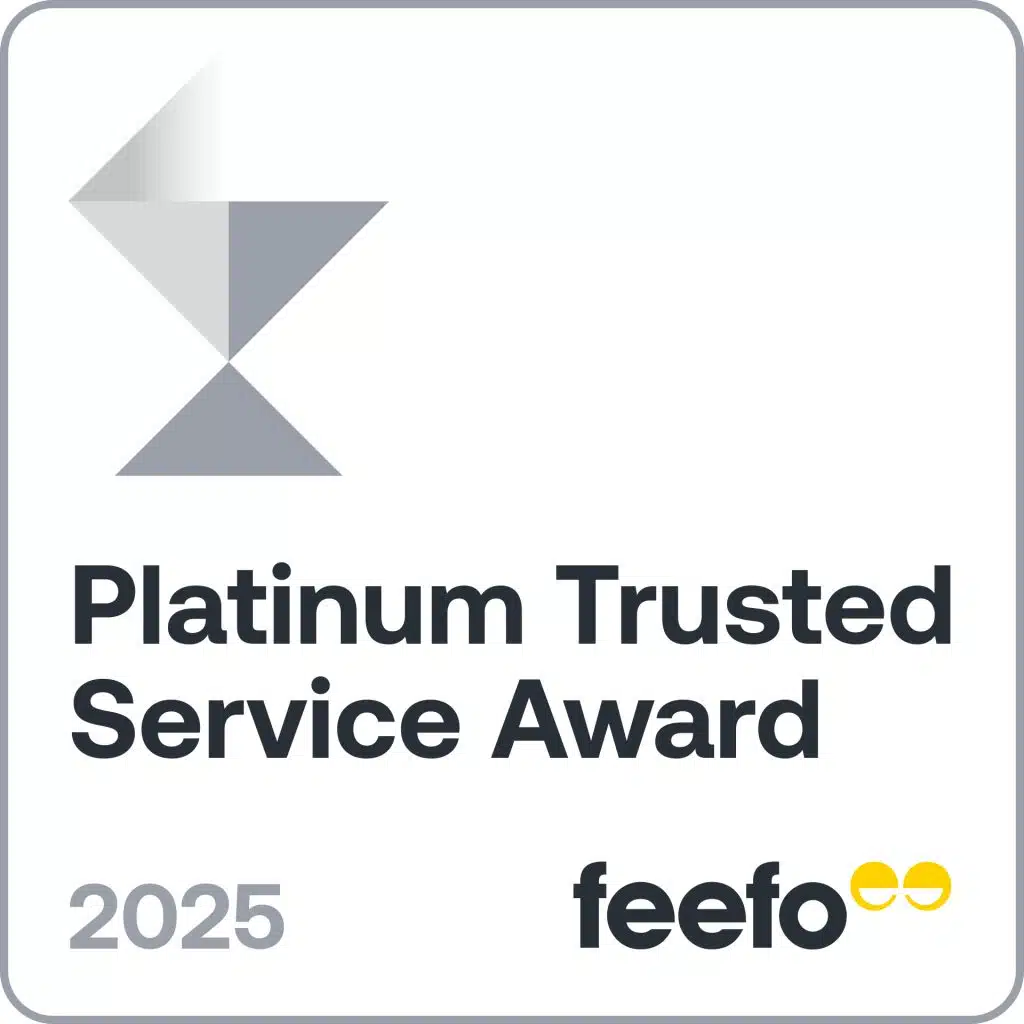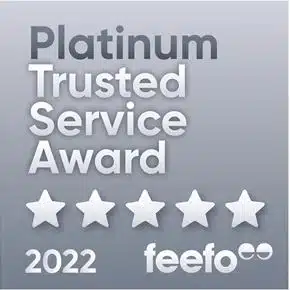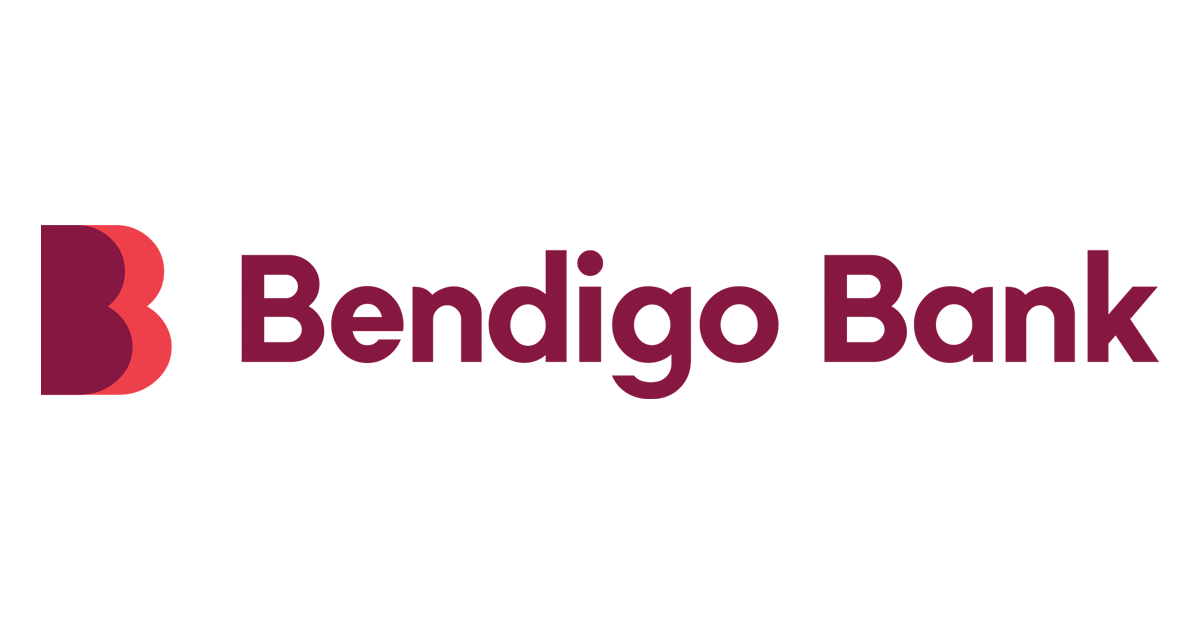If you’re selling your current home to purchase a new one, timing the sale and purchase can be challenging. Ideally, the sale of your property would go through in time to transfer funds to your new purchase – but life doesn’t always stick to the timeline we hope for.
In this instance, a delayed sale could result in you losing out on your dream home. After all, not many of us can afford the repayments on two mortgages at the same time. If you find youreself in this situation, a bridging loan could help you secure your new home while waiting for your old one to sell.
What is a bridging loan?
A bridging loan is a short-term loan that helps you buy a new or build home before you’ve sold your current one. It “bridges” the financial gap you might face between securing funds for the new property and waiting for the sale of your old home.
These loans typically run for six to 12 months and can be useful if you can’t afford to make full mortgage repayments on two homes at once.
How does a bridging loan work?
Looking at a basic example, if your current home has $150,000 outstanding on the mortgage and you buy a new home for $600,000, your peak debt would be $750,000.
During this time, the minimum required repayments on your loan will usually be interest only. This means you’re only paying the interest that accrues on the loan balance, without reducing the principal.
In some cases, you may be able to defer all payments until your current property sells – but be aware that any unpaid interest is added to your total debt and compounds daily.
Once your old property is sold, the net proceeds go toward reducing the peak debt. The remaining balance, called the end debt, transitions into a standard home loan.
Types of bridging loans
- Closed bridging loans: based on a fixed settlement date, such as if you’ve already signed a contract for the sale of your property.
- Open bridging loans: do not have a set settlement date but are limited to a set term.
Using the scenario above, if your home sold for $450,000, this would leave you with an end debt of $300,000. This $300,000 would then revert into a standard mortgage on your new home.
Bridging loan interest rates
While some lenders will offer the same interest rates as their standard home loan product, bridging loans often come with higher interest rates than standard home loans. This is because they carry extra risk for lenders as there’s no guarantee your current home will sell within the limited timeframe and you’re effectively holding two loans during the bridging period.
As a general guide, rates can start from under 6% to close to 10% p.a. – though you may receive a higher rate than this depending on the lender and your profile.
You’ll also need to factor in the fees tied to a bridging loan that can add hundreds or even thousands to the final cost. These can include:
- Set up fees, which may be a flat amount or up to 2% of the loan
- Monthly account fees
- Discharge or settlement fees
These fees can be combined with the interest rate to create the comparison rate, which gives a more realistic picture of what the loan might cost over time than using the interest rate alone.
When considering costs, it’s important to remember that interest-only repayments mean interest adds up quickly. As you’re not paying down the principal, interest is calculated on the full loan amount throughout the term, so costs can add up fast. The sooner you sell your old home, the less interest you’ll pay overall.
Why is my comparison rate lower than my interest rate?
Comparison rates are based on a standard example loan, usually a $150,000, 25-year loan. Bridging loans don’t follow that structure, being short-term, interest-only products. Because the comparison rate assumes a longer term with repayments reducing the loan balance, it can sometimes show a lower figure than the actual interest rate you’ll pay on a bridging loan.
Will I qualify for a bridging loan?
Qualifying for a bridging loan can be more challenging than getting a standard home loan because lenders apply stricter criteria – and some lenders will not offer bridging loans at all.
In addition to the usual home loan requirements, lenders will look at:
- Home equity: lenders generally require you to have built up a certain amount of equity in your current property. The more equity you have, the better your chances of approval and borrowing capacity. Alternatively, some lenders may accept savings that cover a percentage of the peak debt.
- Loan serviceability: this is your ability to manage loan repayments during the bridging period. Lenders will assess your income, expenses, existing debts and overall financial situation to make sure you can handle repayments on both your existing mortgage, the new loan and the interest on the bridging loan.
- Sale potential of your current home: the property you’re selling must be considered marketable, meaning it should be reasonably easy to sell within the bridging loan period.
You may also need to be an existing customer with the lender to take out a bridging loan with them.
If you’re thinking of switching lenders, keep in mind that most bridging loans require financing both your old and new properties with the same lender, as the loans are linked. However, this doesn’t mean you’re locked in – you could refinance with another provider and consolidate both loans. Just be aware that switching lenders might incur additional fees, so weigh the potential costs and benefits before making a decision.
Do I need a deposit for a bridging loan?
In most cases, you won’t need a cash deposit to secure a bridging loan, but you will generally need sufficient equity in your current home. Lenders typically require a loan-to-value ratio (LVR) of 80% or less, meaning your equity must cover at least 20% of your total peak debt.
For example, if your home is worth $500,000 and you owe $150,000 on the mortgage, your equity is $350,000. This is the portion of the home that you have paid off and which belongs to you. You can use this $350,000 equity as a deposit on your new home.
Are bridging loans covered by LMI?
Bridging loans generally aren’t covered by lenders mortgage insurance (LMI). This means if your deposit or home equity isn’t enough to keep your loan-to-value ratio under 80%, you’ll need at least 20% available upfront as cash or existing equity.
What happens if I can’t sell my old home within the bridging period?
If your bridging loan expires and your old home hasn’t sold, your lender will typically revert to standard mortgage repayments. This means you'll be responsible for repayments on both your current mortgage and the bridging loan, which can put a significant strain on your finances.
In some cases, lenders may increase the interest rate on your loan as a penalty, further adding to the financial pressure.
Other lenders take a more hands-on approach and will take over the sale of your old property. Because they are looking to recoup their money quickly, they may choose to sell the house for less than its market value. This means you’ll have less money to pay off your peak debt, and you are left with a higher end debt that still needs to be paid after the bridging loan is settled.
What other options do I have when buying my next home?
Coordinating settlement dates between selling your current home and buying your next can be tricky. Bridging loans can be a convenient solution but might not be right for your circumstances. Other options can include:
Short-term solutions
Other than renting a property, in the short term you could:
- Negotiate a longer settlement period: request an extended settlement on your sale to give you more time to find a new property and avoid the stress of moving twice.
- Rent back your home: enquire about whether you could rent your current home from the buyer after settlement, giving you extra time to secure your next property.
- Stay with family: temporarily move in with family while placing your belongings in storage to save on rental costs as you search for a new home.
Second mortgage
If you have more than 20% of the value of your existing home as free equity and can afford to make the repayments on two mortgages concurrently, a second home loan may be a viable option for you. Once your old home is sold, the mortgage on that property can be discharged and the remaining funds can be put towards paying down your second mortgage. However, be aware that you may face higher rates and fees, as well as a lower maximum LVR.
Loan portability
Porting involves keeping your existing mortgage and transferring it to your new home. This process is sometimes referred to as a ‘substitution of security’. Under this arrangement, you simply transfer or ‘port’ your home loan from one house to the next, keeping all your remaining details such as loan size and term the same.
If you’ve not yet found a new home, you may have the option to choose a ‘deferred settlement’. When the sale funds from your former home come through, they’re placed in a term deposit, which your lender will use as the security for your home loan to keep it open for up to six months while you find your new home to buy. Once you’ve signed up to buy your new home, the term deposit is closed and the mortgage transferred to your new home.
The pros and cons of bridging loans
Pros
-
Avoid moving twice
A bridging loan allows you to move directly from your current property to your new one, eliminating the hassle and cost of finding temporary accommodation or storage between sales.
-
Manageable repayments
By reducing the repayments on one or both of your home loans, bridging loans can help you transition between two loans without breaking the bank.
-
Flexible timing
You can take your time selling your existing home, avoiding the need to rush into a sale to meet settlement deadlines and allowing you to get the best possible price for your property.
-
Secure your dream home
The financial flexibility of a bridging loan means you can buy the property you want without the pressure of selling your current home first.
Cons
-
Higher costs
Bridging loans often come with higher interest rates than standard home loans. Additionally, lenders may charge setup fees, valuation fees and other costs, which can add up quickly.
-
Risk of unsold property
If you don’t sell your old property during the bridging period, you could be subject to a higher interest rate, repayments on two mortgages or the forced sale of your home for lower than market value, leaving you with more debt.
-
Stricter eligibility criteria
Lenders usually require significant equity in your existing property, a good credit history and the ability to service multiple loans, criteria not everyone can meet.
-
Limited availability
Not all lenders offer bridging loans, and those that do often have varying terms and conditions, making it essential to shop around and understand the fine print.






















